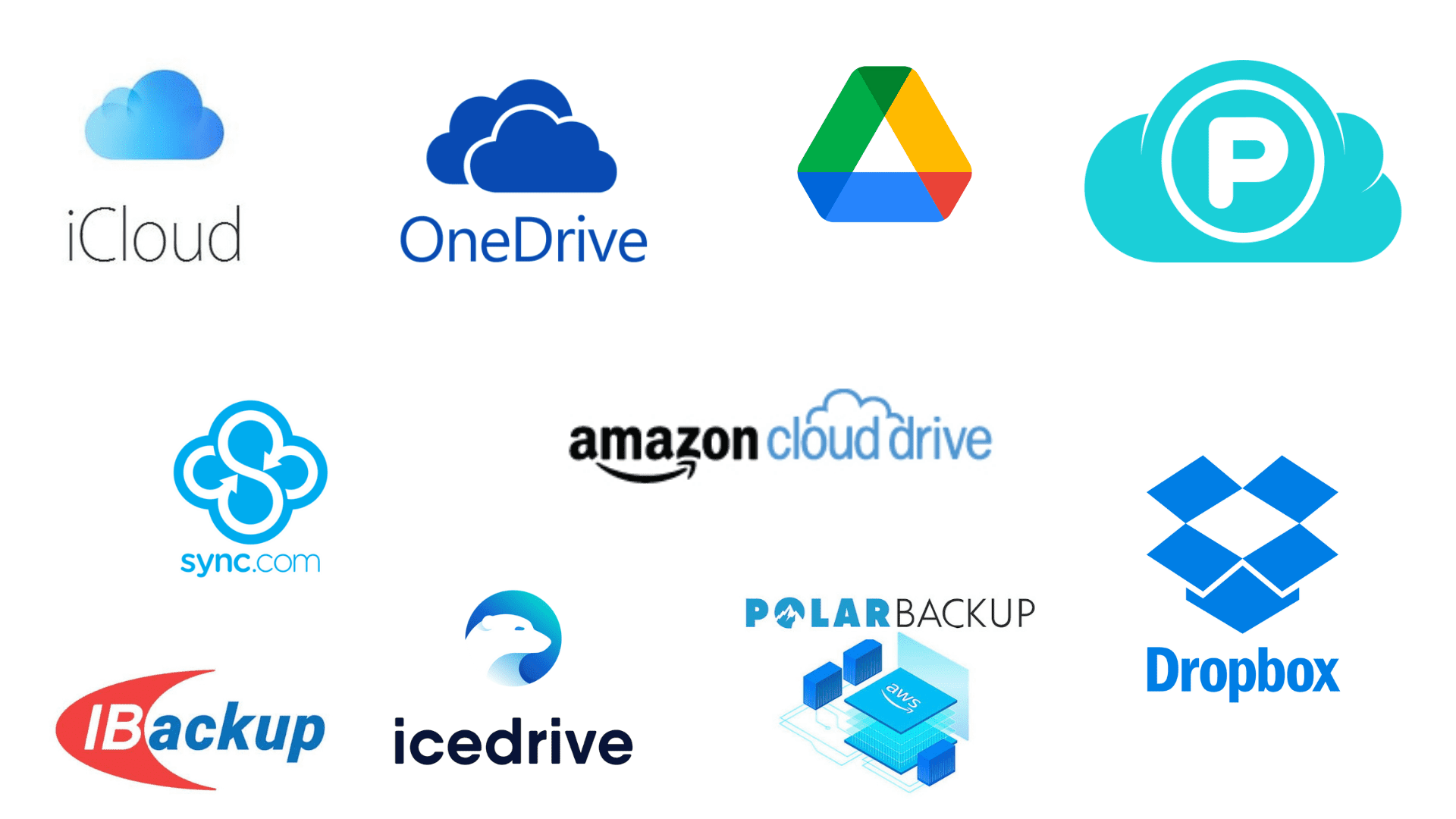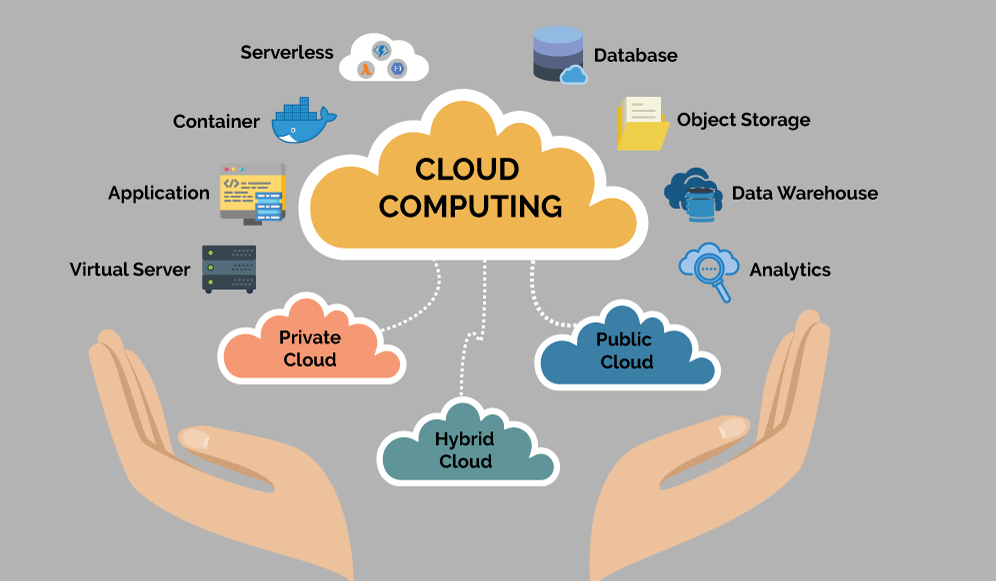
After looking through the Antiwar website, it is clear that the objective of this website is to voice opinions on diplomatic relations that may not always be shown in mainstream media. Upon looking at the information on the website, it gives a different perspective on news stories that can be seen in the mainstream like on CBS or Fox. The perspective is more a criticism of the involved parties action. For example, the page includes an article titled White House: Trump 'Fully Supports" Israel's Gaza Slaughter which overviews the things that the current administration is doing to contribute to the conflict. Perspectives like this are important because they are focused on ways of mitigating the impact of these wars. While this is a news story that I may have seen on my personal news sources like this article from AP News about Trumps plan to gain ownership of Gaza, it is not always a perspective that is covered in the mainstream. It is also interesting to acknowledge any bias within the stories on Antiwar because like any news that we have today, it is all skewed or biased to match a certain political view. That being said, a website like this may not be easily accessible to the public because it takes some "controversial" stances on world relations and doesn't agree with the current or past administration's actions.
The second website looks a little more similar to those that we see in the mainstream media in a blogger style format. The satires are very similar to the ones on Antiwar, consisting of mainly criticisms of the United Stated with other countries, and the US Governments role in various crises. For example, this article overviews a potential disaster occurring if the US were to be at war with Iran, given the rising tension. The article is criticizing the responses from the US and the UK, among other European countries. Upon googling this same issue, an article from Fox News pops up which explains a similar story, but from the perspective of how the Trump administration is responding to it. Moving forward, it is important for websites like the two mentioned here to be accessed by the general public in order to keep people informed on all parts of an issue. Reflecting on why these websites may be censored, the US has a sense of patriotism that can sometimes border nationalism, which may cause some of these websites offering criticism to be censored. It is interesting to see news like this being censored given that there is a strong emphasis on freedom of speech.









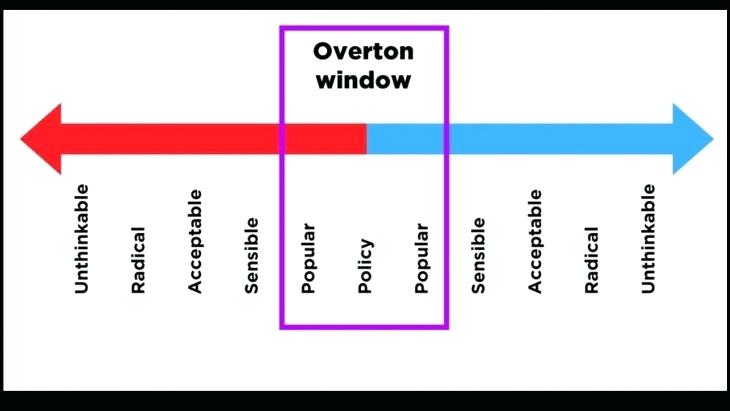

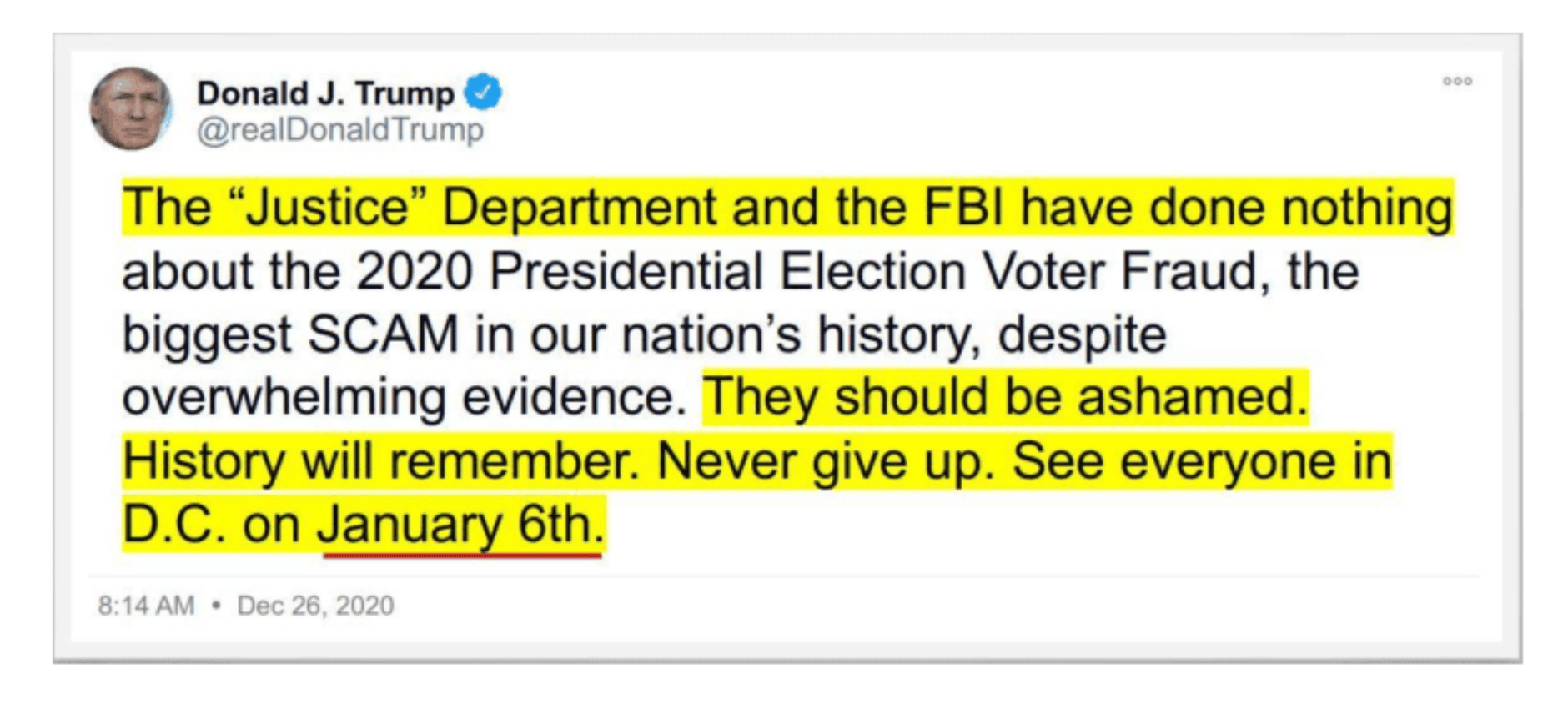
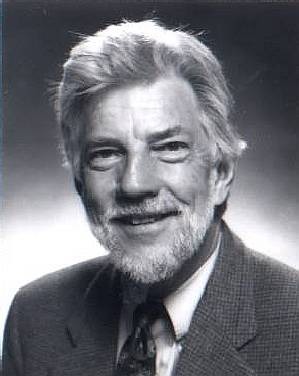 After reading and learning about the Diffusions of Innovation Theory by Everett Rogers, it is clear to me that this theory was derived from something that happens often in modern society, especially as we are evolving to become centered around technology. To get a brief understanding of this theory, I visited the
After reading and learning about the Diffusions of Innovation Theory by Everett Rogers, it is clear to me that this theory was derived from something that happens often in modern society, especially as we are evolving to become centered around technology. To get a brief understanding of this theory, I visited the 




